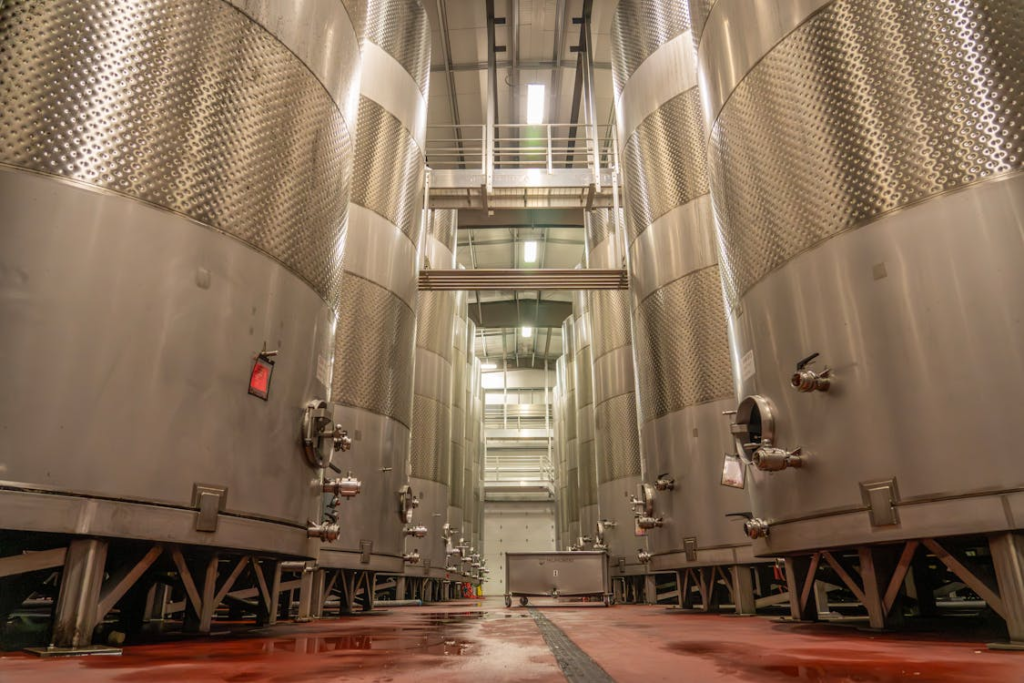
The focus on the environmental impact of the CBD industry increases as the industry grows. The extraction process, which is an essential step when making CBD oil, has ramifications for the environment. Using criteria such as energy consumption, solvent usage, waste generation, and sustainability measures, it is possible to compare. Applied methods differ in their impact on the environment. This article outlines the challenges of different methods of CBD extraction and how these can be done environmentally sensitively.
This Article seeks to provide a detailed analysis of the extraction of CBD with a focus on the following methods:
The primary methods of extracting CBD from hemp or cannabis plants include:
Ethanol Extraction
Hydrocarbon Extraction
Lipid Extraction
Steam Distillation
CO2 Extraction (With CO2 extraction, carbon dioxide has to be pressurized in order to achieve extraction of CBD. It is well acclaimed for its capability of yielding best extracts though it has remarkable impacts on the natural environment.)
Environmental Pros:
No Toxic Residues: It is a non-toxic recyclable solvent thus decreasing the chances of remaining dangerous solvents on the product.
Reduced Waste: Reduction or recovery and reuse of CO2 is done effectively to reduce waste.
Environmental Cons:
High Energy Consumption: This tends to consume a lot of energy to attain high pressures and temperatures and hence has a great impact on the environment through increased emissions of carbon.
Equipment Manufacturing: The manufacturing and sustained use of CO2 extraction equipment have environmental footprint because of the amount of resources that is involved.
Ethanol Extraction
Ethanol extraction is one which utilizes ethanol as a solvent to extract the cannabinoids from the plant material.
Environmental Pros:
Bioethanol Use: It can be produced from renewable resources thus cutting down on the use of fossil fuels.
Lower Energy Use: Energy wise, ethanol extraction is known to consume less energy as compared to extraction that uses CO2.
Environmental Cons:
Solvent Recovery: Ethanol if not well handled can be washed away during extraction hence causing pollution of the environment.
Water Use: Ethanol extraction necessitate high quantity of water in solvent recovery as well as purification.
Expert Insight:
The environmental impact of ethanol extraction is more sustainable if bioethanol is used along with proper solvent recovery system; but the utilization of water has to be properly managed, says Lisa Green, the environmental science profession.
Hydrocarbon Extraction
In most cases, extraction of CBD uses solvents like butane, propane or hexane to extract the substance from the plant.
Environmental Pros:
Efficiency: A high productivity method that uses less solvent than the more conventional methods.
Environmental Cons:
Toxicity: Hydrocarbon solvents are considered to be toxic and are environmentally unfriendly more so when they are not well managed.
Volatile Organic Compounds (VOCs): Hydrocarbon utilization emits VOCs into the atmosphere and hence has detrimental effects on the environment.
Safety Risks: It increases the chances of fire outbreaks hence the need to apply serious measures in exercising controls.
Lipid Extraction
Solvents employed in lipid extraction are coconut or olive oil in order to extract the CBD. Then, this method is deemed one of the environmentally friendly ones among all the existing ones.
Environmental Pros:
Natural Solvents: Concentration of non-toxic and biodegradable solvents, therefore causing little problems to the environment.
Low Energy Consumption: It can be done using relatively small amount of energy as compared to other methods.
Environmental Cons:
Scalability Issues: Costs are higher and it is less efficient for large scale production for the same amount of CBD that can be produced in the plant altogether.
Steam Distillation
Steam distillation as the name suggests uses steam to extract CB. It does this through vaporisation of CBD and subsequent separation from the plant material.Aiming to to extract CBD, separating it from the plant material through vaporization.
Environmental Pros:
No Chemical Solvents: Avoids the use of chemical solvents, reducing potential contamination.
Simple Waste Management: Produces primarily organic waste, which can be composted or otherwise managed sustainably.
Environmental Cons:
High Energy Use: Requires significant energy to produce steam, impacting the overall carbon footprint.
Efficiency Limitations: Often less efficient, requiring more plant material and energy for the same yield as other methods.
Industry Insight:
“Steam distillation is an environmentally friendly method in terms of waste, but its energy demands highlight the need for renewable energy sources to mitigate its carbon footprint,” says Mark Stevens, a CBD industry analyst.
- No Chemical Solvents: Avoids the use of chemical solvents, reducing potential contamination.
- Simple Waste Management: Produces primarily organic waste, which can be composted or otherwise managed sustainably.
Comparative Analysis of Environmental Impact
| Extraction Method | Solvent Use | Energy Consumption | Waste Production | Scalability | Environmental Footprint |
|---|---|---|---|---|---|
| CO2 Extraction | None | High | Low | High | Moderate to High |
| Ethanol Extraction | Yes (Bioethanol) | Moderate | Moderate | High | Moderate |
| Hydrocarbon Extraction | Yes (Hydrocarbons) | Moderate | Moderate to High | High | High (due to toxicity and VOCs) |
| Lipid Extraction | Yes (Natural Oils) | Low | Low | Low to Moderate | Low to Moderate |
| Steam Distillation | None | High | Low | Moderate | Moderate to High (due to energy use) |
| Solvent-Free (Rosin Press) | None | Low to Moderate | Very Low | Low | Low |

